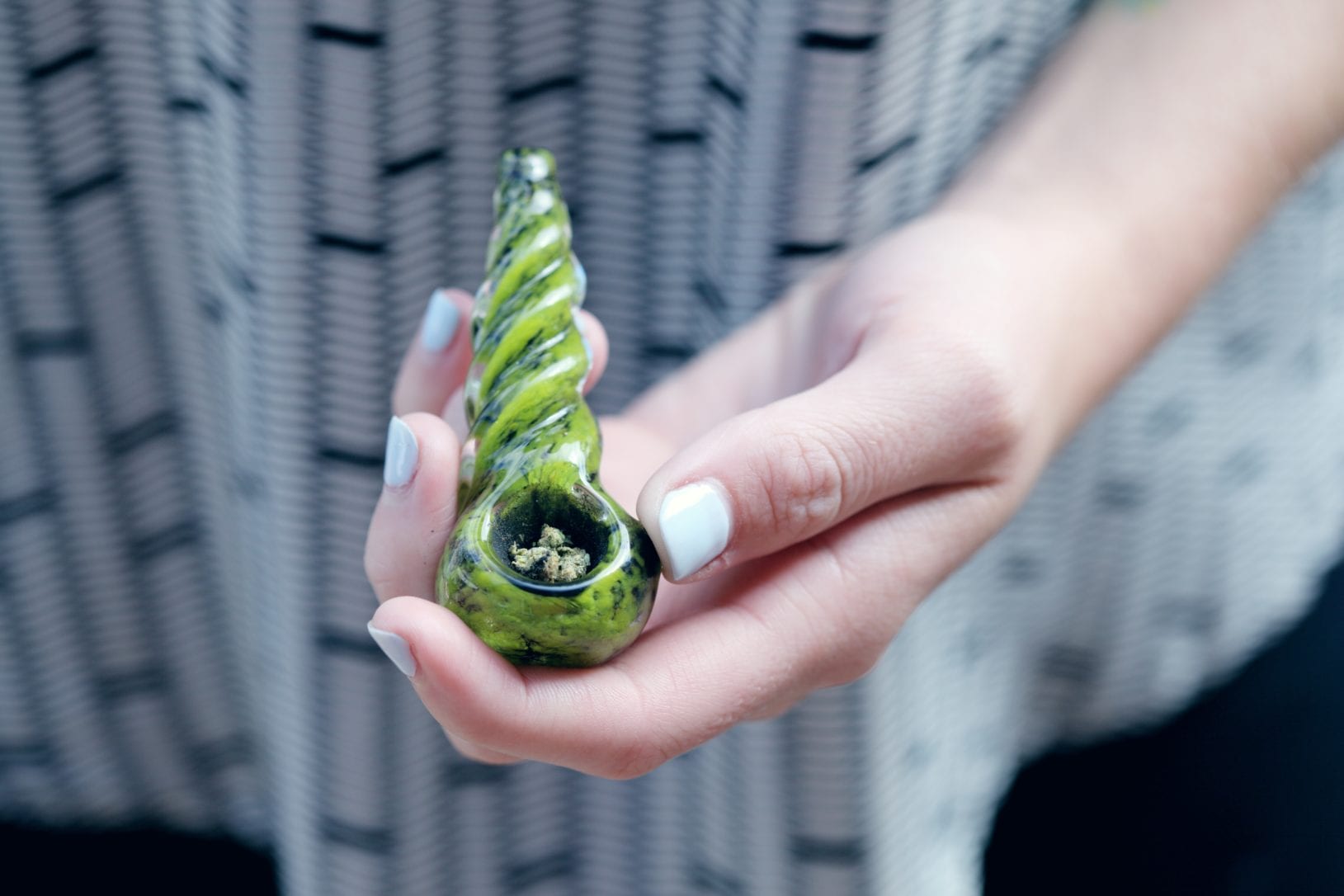Cannabis Science, Culture, Health and Wellness News, Research
Problematic Marijuana Use Is Declining Among People Who Consume Every Day, Study Finds
By
Contrary to the expectations of public health experts, the rate of frequent marijuana consumers who are diagnosed with cannabis use disorder (CUD) is not increasing, a new study reports. In fact, it’s actually decreasing, and that may be due to the growing number of states that have legalized access to marijuana.
According to the paper, “CUD prevalence decreased significantly across all ages reporting daily/almost daily cannabis use between 2002-2016. Cannabis dependence prevalence decreased for adolescents and young adults and was stable only among adults ages 26+ reporting daily/almost daily cannabis use.”
Recent studies have had mixed results on the prevalence of CUD—a diagnosis that includes either misuse and/or dependence—in the last two decades. Because people who consume marijuana every day or almost every day are the most at risk for problematic use, researchers at Columbia University’s Mailman School of Public Health set out to get a better understanding of this group’s general health.
Their findings were published last month in the journal Drug and Alcohol Dependence.
The study’s authors used data from the National Surveys on Drug Use and Health for the years 2002-2016. The final sample, totaling 22,651 people, included participants who were 12 and older and reported using marijuana at least 300 days in the past year.
To measure problematic marijuana use, the authors used criteria from the Diagnostic and Statistical Manual of Mental Disorders, Fourth Edition, for cannabis dependence and cannabis abuse, such as:
- Spent a great deal of time over a period of a month obtaining, using, or getting over the effects of marijuana
- Unable to keep set limits
- Unable to cut down cannabis use
- Recurrent use resulting in failure to fulfill major role obligations
- Continued use despite persistent or recurrent social or interpersonal problems
Read more from the source: MarijuanaMoment.net
Photo courtesy of Sharon McCutcheon on Unsplash


